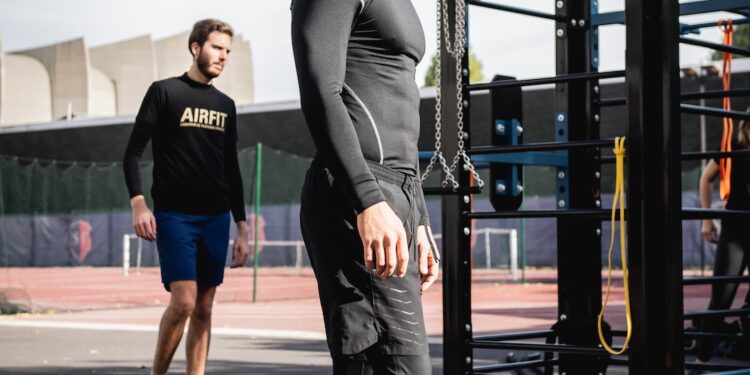How to Prevent Common Injuries in Athletics
Participating in athletics is a fantastic way to stay fit, challenge yourself, and have fun. However, it’s important to remember that sports activities, whether recreational or competitive, carry the risk of injury. While it’s impossible to completely eliminate the risk of getting hurt, there are steps you can take to prevent common injuries in athletics. By following some simple guidelines and adopting a mindful approach, athletes can lower their chances of getting sidelined by preventable injuries.
1. Warm Up and Cool Down:
Before engaging in any athletic activity, it’s essential to warm up your muscles and prepare your body for the physical demands. Begin with a light jog or bike ride to get your heart rate up and increase blood flow to your muscles. Follow this with dynamic stretches that focus on the muscles you’ll be using the most during your activity. Cooling down is just as important after your workout. Gradually decrease the intensity of your activity and include static stretches to improve flexibility and prevent muscle tightness.
2. Use Proper Equipment:
Using the right equipment can go a long way in preventing injuries. Ensure that your gear fits correctly and provides adequate support and protection. For example, in contact sports, wearing helmets and mouthguards can significantly reduce the risk of head and dental injuries. If you’re a runner, invest in a good pair of shoes that provide cushioning and support. Ill-fitting or inappropriate equipment can increase your chances of getting hurt.
3. Focus on Technique:
Proper technique is crucial in preventing injuries in athletics. Whether you’re throwing a ball, jumping, or lifting weights, focusing on correct form and technique will not only improve your performance but also lower your risk of injury. Consult with a coach or trainer who can guide you in proper technique and help you identify and correct any faulty movement patterns.
4. Gradually Increase Intensity:
One common mistake athletes make is increasing their activity level too quickly, which puts unnecessary strain on their bodies. Avoid jumping into intense workouts right away; instead, gradually increase the intensity and duration of your training over time. This allows your body to adapt and become stronger, reducing the risk of overuse injuries such as stress fractures or tendonitis.
5. Listen to Your Body:
One of the most important aspects of injury prevention is listening to your body and knowing when to rest. Pushing through pain or ignoring warning signs can lead to more severe injuries. It’s normal to experience some muscle soreness after workouts, but sharp or persistent pain should not be ignored. If something doesn’t feel right, it’s a good idea to seek advice from a healthcare professional, who can help diagnose any potential issues early on.
6. Stay Hydrated:
Proper hydration is crucial for overall health and athletic performance. Dehydration can impair your body’s ability to regulate temperature, leading to fatigue, cramps, and even heatstroke. Make sure to drink water before, during, and after your activity, especially in hot weather or during intense workouts.
7. Cross-Train:
Engaging in a variety of activities can help prevent overuse injuries and improve overall fitness. Cross-training involves participating in different sports or activities that target different muscle groups. This allows you to give specific muscles a break while continuing to stay active. For example, if you’re a runner, try incorporating swimming or cycling into your routine to give your joints some relief.
In conclusion, preventing common injuries in athletics requires a proactive approach and commitment to personal well-being. By taking steps such as warming up and cooling down properly, using appropriate equipment, focusing on technique, gradually increasing intensity, listening to your body, staying hydrated, and cross-training, athletes can significantly reduce their risk of getting injured. Remember, a holistic approach to sports means not only focusing on performance but also ensuring the longevity of your athletic journey by prioritizing injury prevention.















